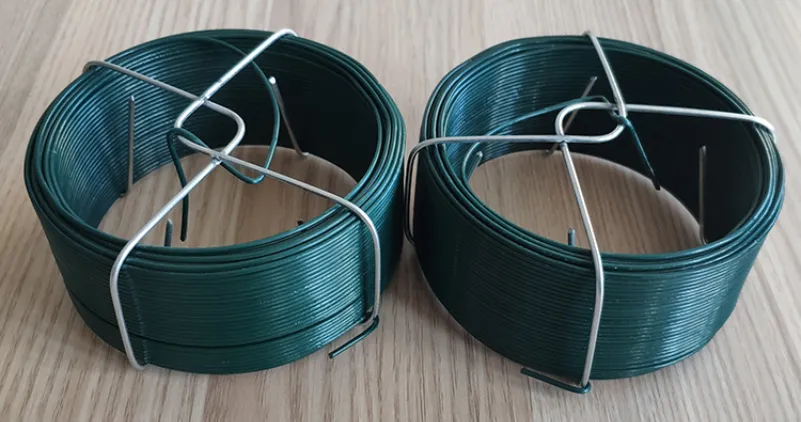-
 Phone:
Phone: -
 Email:
Email:

chain link fence installation
Installing a Chain Link Fence A Comprehensive Guide
Installing a chain link fence can be a practical and cost-effective solution for enclosing your yard, enhancing security, and providing privacy. Whether you are looking to keep pets safe, protect your garden, or merely delineate your property line, a chain link fence offers durability and transparency that other fencing materials may not provide. This article will guide you through the process of installing a chain link fence.
Planning Your Project
Before diving into the installation, it’s essential to plan your project thoroughly. Begin by determining the exact location and dimensions of your fence. This involves measuring the perimeter where the fence will be installed. Ensure to check local zoning laws and homeowners' association regulations, as there may be specific guidelines regarding fence height, style, and placement.
Once you have your measurements, you can sketch a plan and get an estimate of how much material you'll need. A standard chain link fence comes in various heights, with rolls typically measuring 50 or 100 feet in length. You will also need to consider the number of posts and gates required for your fence.
Gathering Materials and Tools
To install a chain link fence, you will require several materials and tools
Materials - Chain link fabric (rolls) - Fence posts (line posts and terminal posts) - Post caps - Tension bands and rail - Gate (if needed) - Concrete mix (for setting posts) - Tie wires
Tools - Post hole digger or auger - Level - Tape measure - Impact driver or wrench - Pliers - Safety gear (gloves and goggles)
Installation Steps
chain link fence installation

1. Marking the Layout Use stakes and string to mark the exact layout of your fence. Ensure that your lines are straight and measure the distance between each post, which is typically around 10 feet apart.
2. Setting the Posts Begin by digging holes for your posts. The depth of the holes should be about one-third the length of the post buried in the ground. Set terminal posts at corners and any changes in direction, while line posts will be set between them. Use a level to ensure that each post is vertical, and then fill the holes with concrete. Allow it to cure according to the manufacturer's instructions before proceeding.
3. Installing the Top Rail Once the posts are set, attach the top rail to the posts using brackets. This adds stability to the fence structure and provides a guide for attaching the chain link fabric.
4. Attaching the Chain Link Fabric Unroll the chain link fabric alongside the fence line and stretch it from one end to the other. Secure it to the terminal posts using tension bands, leaving some tension to prevent sagging. Using tie wires, attach the fabric to the line posts at regular intervals, ensuring it remains taut.
5. Installing the Bottom Rail and Tension Wire If your fence design includes a bottom rail, install it in the same manner as the top rail. A tension wire can also be added along the bottom to prevent the fabric from being pushed upward by animals or debris.
6. Finishing Touches Attach the post caps to the top of each post. Finally, install any gates where needed, ensuring they swing smoothly and align properly with the rest of the fence.
Maintenance Tips
Chain link fences are relatively low-maintenance, but regular checks are essential to ensure longevity. Inspect for signs of rust or damage, especially in areas with high moisture. Cleaning the fence periodically will help maintain its appearance, and applying a rust-proof coating can enhance its durability.
Conclusion
Installing a chain link fence can be a rewarding DIY project that adds functionality and security to your property. With proper planning, the right materials, and diligent execution of the installation steps, you’ll have a sturdy fence that stands the test of time. Remember, if you have any doubts or face challenges during the installation, seeking professional assistance is always a good option.
-
Wire Mesh for Every Need: A Practical SolutionNewsJul.25,2025
-
Steel Fences: Durable, Secure, and Stylish OptionsNewsJul.25,2025
-
Roll Top Fencing: A Smart Solution for Safety and SecurityNewsJul.25,2025
-
Cattle Farm Fencing Solutions for Maximum SecurityNewsJul.25,2025
-
Affordable Iron Binding Wire SolutionsNewsJul.25,2025
-
Affordable Galvanized Wire SolutionsNewsJul.25,2025
-
Wire Hanger Recycling IdeasNewsJul.25,2025








